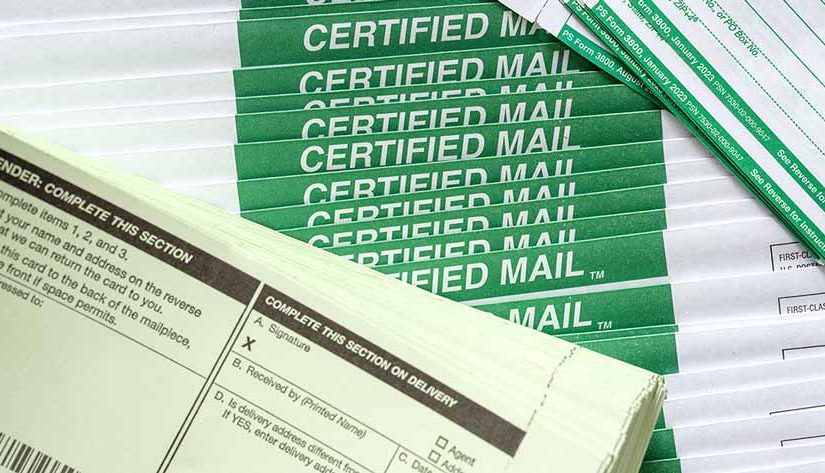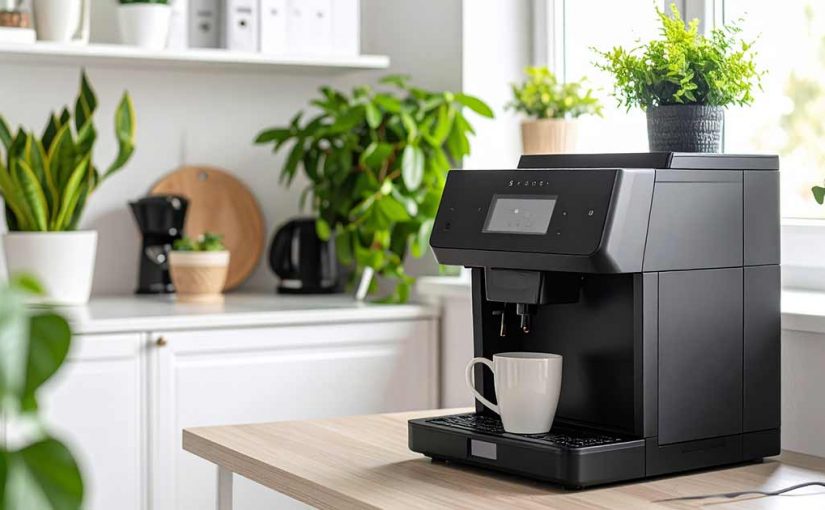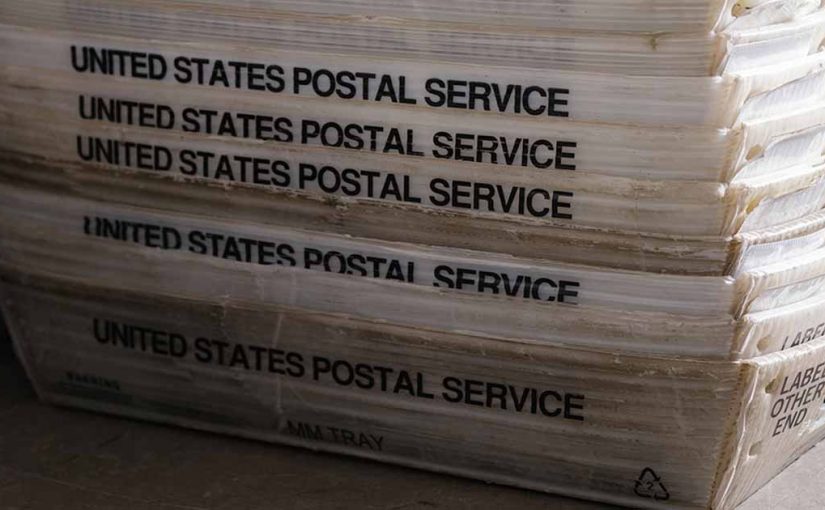Wow! Can you believe we’re already approaching the end of August?! Boy, how time flies. But, if you’ve been following along with LetterStream over the years, then you might know that the middle of August means it’s time for one of our quarterly Employee Appreciation Parties (formerly known as Quarterly Bonus Party time), which is always a super fun time for us as a company.
Celebrating Humans In an AI World
With the ever-changing world of AI happening before our eyes, it’s fun to remember the human side of work as well. We embrace AI at LetterStream. It has its place, and it makes for better efficiency. It’s honestly a fantastic tool to utilize.
But, do you know what else we embrace at LetterStream?
People. Our employees. Our customers.
No matter how much AI there is in the world, our people are still the heart of mail (which happens to be our updated Core Values. Check them out here). We don’t say it just to say it. In fact, we say it because we live it. Without the people who run the machines and keep an eye on your business-critical mail pieces, without the tech people, the sales and marketing people, our people in leadership—we wouldn’t be able to do what we do (at least with the same integrity).
Celebrating our hard-working, dedicated, loyal, and just plain awesome employees is something we truly love to do, and it’s not something we take lightly.
Printing and Mailing Made Fun

Every quarter, we invite our team members to join together for a few hours of just plain fun. Every now and then, we have it at our LetterStream headquarters (last year we had Hitachi come in and it was memorable to say the least), but usually we’re out and about at a cool place celebrating.
This year we did it at Bam Kazam (the name itself represents cool and fun, right?), and oh man, did we have an absolute blast! Not that we don’t at all of our parties, but this one was unique. Bam Kazam is part escape room, part adventure fun, part arcade…do we need to say more?
At past events, we’ve done an escape room, we’ve done an arcade, and we’ve done parties where some type of adventure was to be had (remembering our time go-kart racing), but this was the first time we’ve done all of them at once. Highly recommend if you’re looking for something unique that is a great team-building event for your employees that also brings in a lot of laughs. It took place on August 13th and we’re still hearing rumbles of it between team members in the back… that’s how much fun it was.
Innovation In Mail
During each of our parties, we not only take the time to celebrate but we also take the time to review the quarter—our wins, areas that could possibly use some improvements, milestones, introducing new employees, and preparing for the upcoming season. Our presentations are our way of over-communicating with the team and making sure everyone is kept in the loop, while also recognizing the hard work that each and every person puts in here. Then it’s on to games and prizes and of course, food (this time it was a burger bar!) before the main event. Oh, and we almost forgot to mention that we always have a theme to go along with our parties, and this quarter it was Innovation.

Our People Are the Heart Of Mail
We love sharing about our Employee Appreciation Parties because they truly mean a lot to us as a company. We love screaming about how great our employees are, the people who show up daily for us and for you.
The people who deserve to be recognized, even though you never see or hear from them (except if you’re emailing our awesome support team). The people who have helped shape LetterStream to become, well, LetterStream, for the past 22 years.
They make us more than just a printing and mailing company, a SaaS company, a company that can easily send First-Class Mail and Certified Mail online for you. They help make us different and set us apart from the rest. The innovation we have at LetterStream and our drive and love for what we do are what allow us to show up for our customers every single day.
We’ve said it once, and we’ll keep saying it. Thank you, LetterStream team members, for your dedication to our company, and thank you to our loyal customers who have trusted us with your mail over the years. We will continue to celebrate, innovate, work hard, have fun, and prioritize MAIL by sending fast, accurate, and reliable mail with mad customer love!
LetterStream offers bulk printing and mailing services allowing companies to send physical mail online. Whether it’s online Certified Mail, First-Class Mail, FedEx 2Day, or postcards, we give both small businesses and large corporations that time and freedom back to work on tasks that better serve the company. If you’re interested in creating a free account, you can do so, here.











